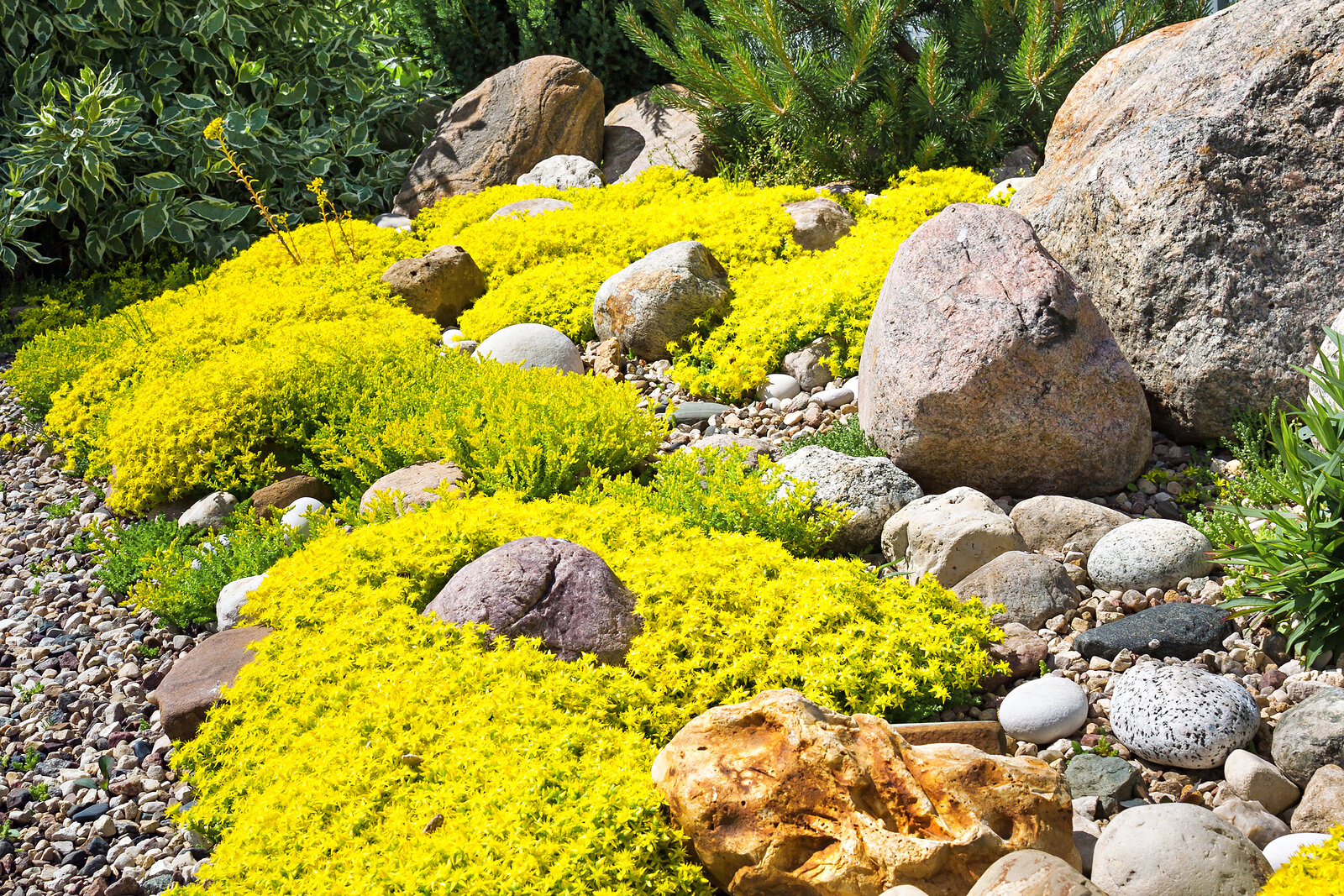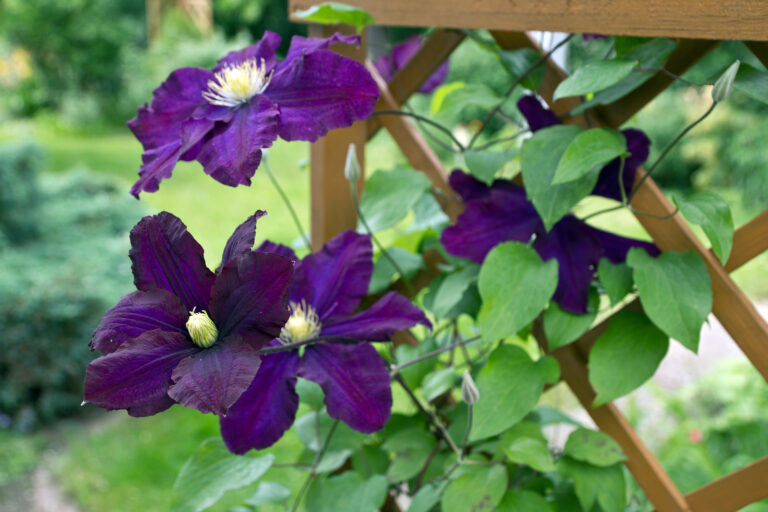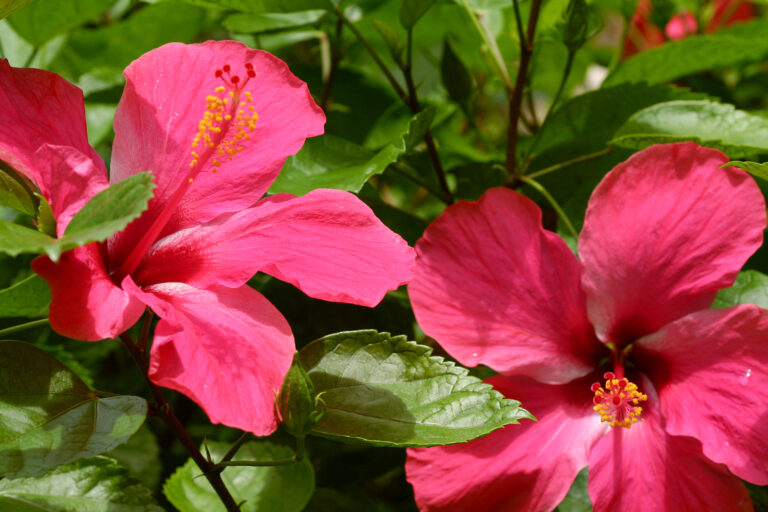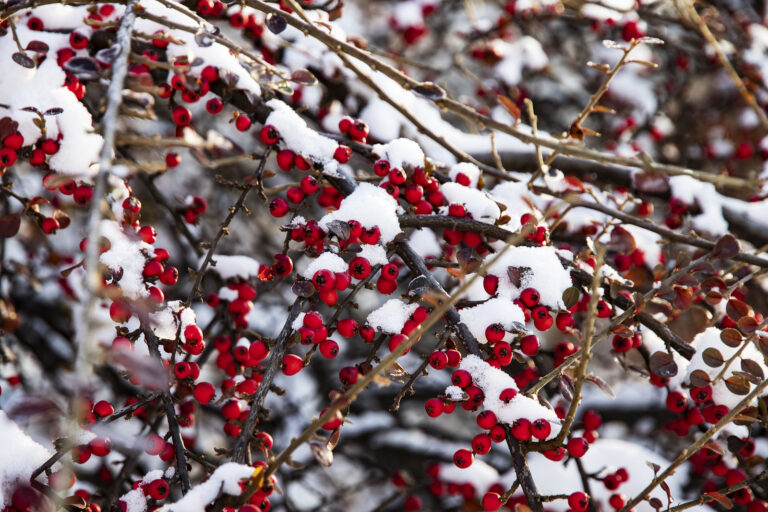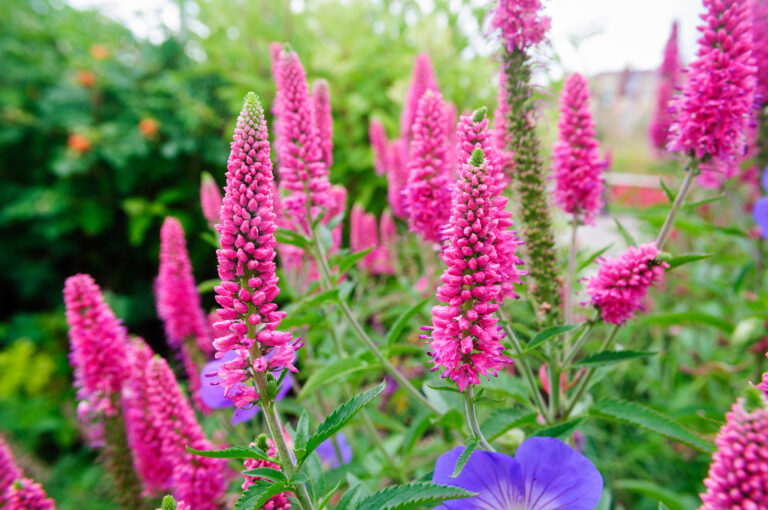Rock Gardening
Rock gardens commonly emulate naturally rocky sites and formations. They replicate the natural habitat or alpine plants and recreate the conditions in which they thrive.
Rock gardens are usually situated on naturally sloping sites with good drainage. They often feature a series of rocky outcrops with wet but usually dry gullies running in between. Sunny south or southwest-facing exposure is ideal for most rock garden plants.
Rock garden plants are mostly slow-growing and low growing. They include dwarf trees and shrubs as well as small perennials and bulbs. Many originate in alpine regions some are native to sunny Mediterranean hillsides; all thrive where there is excellent drainage.
Rock gardens incorporate layers of gravel and grit as well as selected stone around which plants are set. Gravel, grit, stones, and lots of sun create the ideal climate for rock garden plants.a
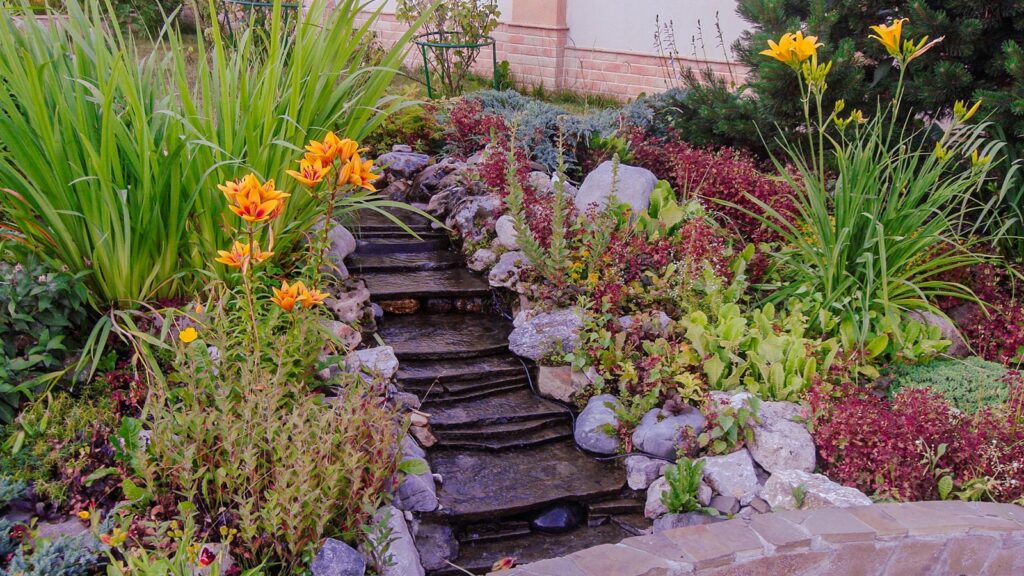
Planning a rock garden
Here are some suggestions for creating a rock garden:
- Find a site in your garden or landscape where a rock garden or outcrop would look natural.
- Slopes are ideal for rock gardens and alpine and native Mediterranean plants.
- If the site is flat, create a raised bed of rock and stone or set plants between flagstone or pavers bordered by sand and gravel.
- Look to naturally occurring stone and rock formations for inspiration and plant ideas,
- Notice how rocks are naturally positioned and their size and how they fit into the terrain.
- When possible use local stone; it will look natural to your region and create the most natural growing conditions. Use the same stone throughout the garden.
- Set stones irregularly as you would see in nature.
- Use irregular rocks and stone with sharp edges. Rounded stones and boulders are native to riparian regions, not usually rock outcrops.
- Use native plants as much as possible. Visit a nearby botanical garden or garden center for a list of rock garden plants native to your area.
- A natural pool or waterfall can attract birds and wildlife to the garden.

Building and planting a rock garden
Here are some design elements and planting suggestions for a rock garden:
- Plants native to rocky areas demand well-drained soil. Dig out a 6-inch layer where your rock garden will be located and fill it with broken rocks, sand, and gravel; this will ensure the site is well-drained.
- Arrange stones and rocks to achieve a natural look. You can use photographs of naturally rocky sites to inspire your design.
- Some stones should be buried by a third or more. Get help moving large stones and wear gloves.
- Set potted plants around the garden before you actually plant them; take into consideration the size of the plants at maturity; many rock garden plants are low-growing and spreading.
- Backfill planting spots with a combination of horticultural sand and commercial organic planting mix or cactus mix or a combination of topsoil, aged compost, and sand; these combinations will emulate soil native to rocky regions.
- Set or plant plants in natural relationships to the stones nearby. Plants that sprawl or creep will look best if they can creep over a stone.
- Plants that like shade or cooler conditions will do best on the north or east side of a large stone.
- Plants that like warm soil and sun will thrive on the south or southwest side of a stone. Rocks absorb heat during the day and release it during the evening keeping heat-loving plants warm.
- Add vertical elements to the garden such as upright evergreens native to rocky regions; vertical plants will provide an interesting contrast to mostly low growing plants. Vertical stones can also add dimension to the garden.

Rock garden plants
| Common Name | Botanical Name | Zones |
| Agapanthus | Agapanthus spp. | 8-10 |
| Allium; ornamental onion | Allium spp. | 4-10 |
| Basket-of-gold | Aurinia saxatilis | 4-8 |
| Bellflower | Campanula spp. | Varies |
| Bleeding heart | Dicentra spp. | 2-9 |
| Broom | Cytisus spp.; Genista spp. | Varies |
| Candytuft | Iberis spp. | 4-8 |
| Columbine | Aquilegia spp. | 3-9 |
| Conifers, dwarf | Various | Varies |
| Geranium, hardy | Geranium sanguineum | 4-8 |
| Crocus | Crocus spp. | 3-8 |
| Daffodil | Narcissus spp. | 3-8 |
| Grape hyacinth | Muscari spp. | 3-8 |
| Heather, Scotch | Calluna vulgaris | 3-8 |
| Heath | Erica spp. | 4-8 |
| Hens and chicks | Sempervivum tectorum | 4-10 |
| Junipers, various | Juniperus spp. | Varies |
| Moss rose | Portulaca grandiflora | Annual |
| Phlox, creeping | Phlox stolonifera | 2-8 |
| Phlox, moss | Phlox subulata | 2-9 |
| Pinks, various | Dianthus spp. | Varies |
| Rock rose | Cistus x hybridus | 8-10 |
| Rockcress, false | Aubrieta deltoidea | 4-8 |
| Rosemary | Rosmarinus officinalis | 7-10 |
| Sea thrift | Armeria spp. | 3-8 |
| Sedum, various | Sedum spp. | 3-10 |
| Squill | Scilla spp. | 2-8 |
| Thyme, creeping | Thymus spp. | 5-9 |
| Tulip | Tulipa spp. | 3-7 |

